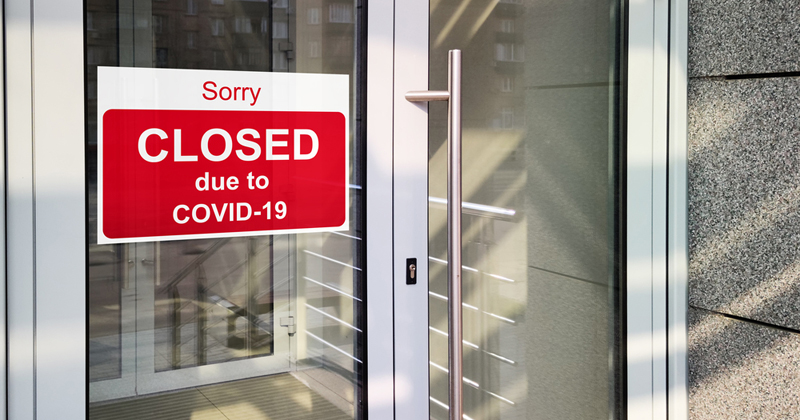Taxpayers may elect to claim a disaster loss for the tax year before the disaster.
Benefits of 165(i) Election
Why would a taxpayer elect to deduct disaster losses in the previous year? Often because the taxpayer hopes to receive a refund in the disaster year thanks to the reduction of tax liability in the previous year.

In addition, the election can produce or increase a net operating loss (NOL) for the preceding year. Unlike current NOLs, NOLs for 2018, 2019 and 2020 can be carried back for five tax years.
These earlier carryback years include pre-Tax Cuts and Jobs Act years, when the corporate tax rate was much higher than it is now. This discrepancy can make 2018, 2019 and 2020 NOL carrybacks especially valuable.
Pandemic Losses as Disaster Losses
Pandemic losses are somewhat unique. Typical disaster losses arise from a sudden, identifiable natural disaster such as a hurricane or fire. In contrast, many pandemic losses began in early 2020 and may still be ongoing.
However, in other ways, pandemic losses are not so special. Like more common disaster losses, they tend to arise from property damage and reduced business income.
Disaster Loss Deduction Requirements
So even though a lot of existing disaster guidance and court cases do not easily apply to pandemic losses, the underlying principles are still relevant. In particular, a loss that is eligible for the prior-year election must also satisfy the general IRC §165(a) deductible loss requirements.
This means that:
- The loss must be from a closed and completed transaction.
- The loss must be fixed by identifiable events.
- The taxpayer must not have a reasonable prospect of recovery from insurance or otherwise.
- Temporary losses and fluctuations in value generally are not deductible.
- This first requirement can be difficult for pandemic losses that are still ongoing.
Pandemic Losses Deductible in Prior Year
The 165(i) election to deduct disaster losses in the preceding tax year applies to any losses in a federal disaster area that are attributable to the disaster. The first two requirements for the disaster loss election are easy: The pandemic is a federal disaster, and the disaster area is the entire country.
However, the “attributable to” requirement is not as clear-cut. “Attributable to” is not defined in the Code or the regulations, so courts have applied a “plain meaning” standard. Under this approach, a loss is attributable to a federal disaster if it is caused, generated or brought about by the disaster.
Mechanics of 165(i) Election
Taxpayers may make the 165(i) election in Section D of Form 4684, Casualties and Thefts. The form must be filed with the taxpayer’s original or amended return for the preceding year. The due date for the election is six months after the taxpayer’s return is due for the disaster year, without extensions.
The taxpayer’s other returns and return items must be consistent with the election. For example, a taxpayer who makes the election for an inventory loss cannot also reflect the loss in cost of goods sold.
